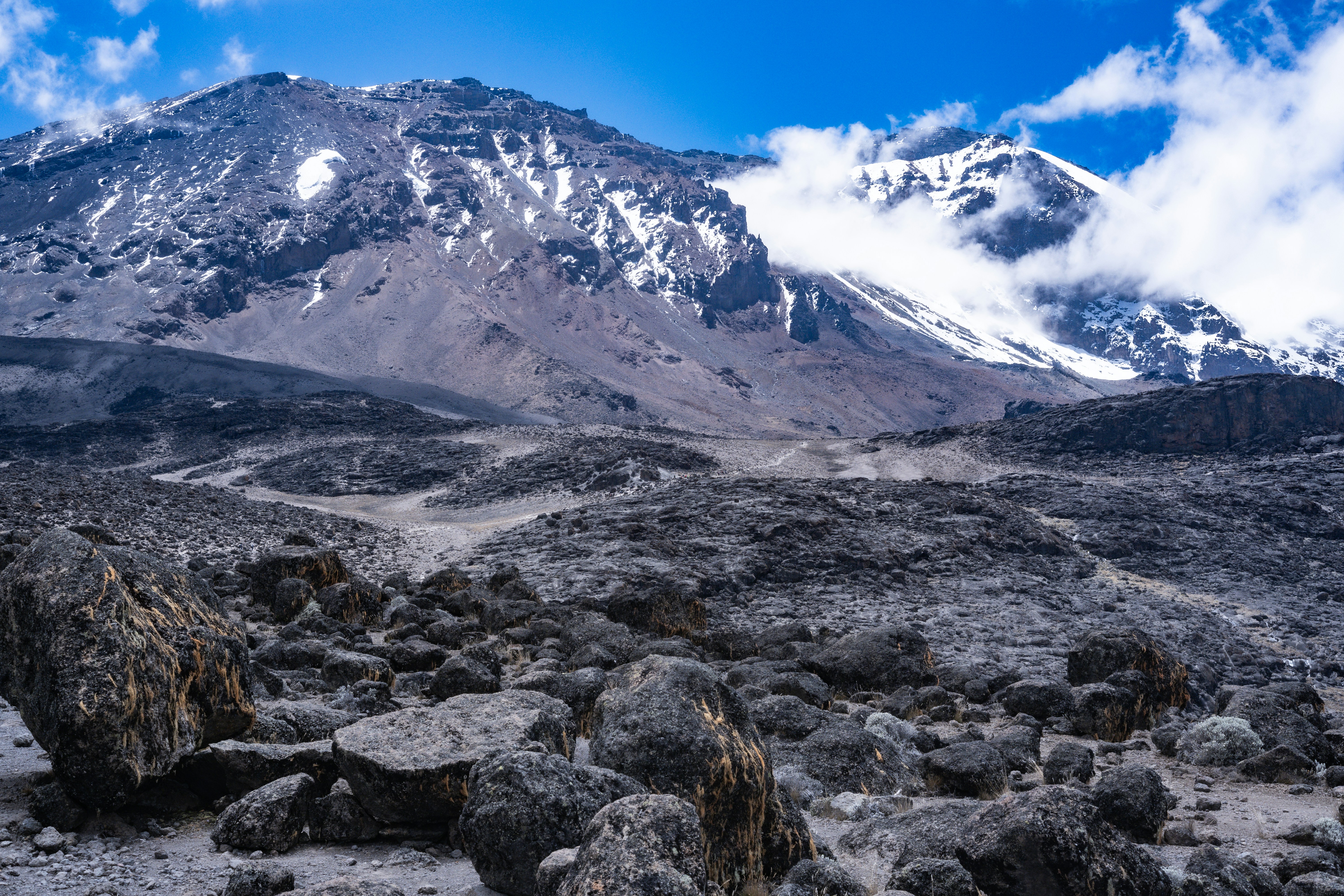Introduction
Tanzania is not just a place of breathtaking landscapes and wildlife; it is also a country rich in history, culture, and heritage. From ancient ruins to colonial landmarks, Tanzania’s historical sites offer a deep dive into its past. Whether you're a history buff or just interested in learning more about this East African gem, here’s a guide to the top historical sites in Tanzania that you must visit.
---
1. Stone Town, Zanzibar
Stone Town, a UNESCO World Heritage Site, is a historic center of Zanzibar City. It is a labyrinth of narrow streets, winding alleys, and centuries-old buildings that reflect the island's African, Arab, Indian, and European influences.
Why Visit: Explore the vibrant culture, old forts, palaces, and the history of the spice trade and slavery.
Don’t Miss: The House of Wonders, Sultan's Palace, and the old slave market.
---
2. The Old Boma, Dar es Salaam
The Old Boma is a colonial building located in Dar es Salaam, originally constructed by the German colonialists in the 19th century.
Why Visit: It offers insight into the German and British colonial periods, with exhibits on Tanzania’s history.
Don’t Miss: The building’s architecture and its transformation into a museum that reflects the colonial era.
---
3. Ngorongoro Crater and Archaeological Sites
While the Ngorongoro Crater is known for its wildlife, the area is also rich in prehistoric history. The Olduvai Gorge, often referred to as the "Cradle of Humankind," is one of the world’s most important archaeological sites.
Why Visit: Discover ancient fossils and tools used by early humans.
Don’t Miss: The Olduvai Gorge Museum and the archaeological site where fossils of early humans were found.
---
4. Kilwa Kisiwani
Kilwa Kisiwani is an ancient Swahili trading city located on an island off the coast of Tanzania. It flourished from the 9th century and was an important hub for trade between Africa and the Arab world.
Why Visit: The site features ruins of palaces, mosques, and fortresses that showcase the grandeur of the Swahili civilization.
Don’t Miss: The Kilwa Kisiwani ruins, which include the Great Mosque and the Sultans’ palace.
---
5. Bagamoyo
Bagamoyo, a coastal town near Dar es Salaam, holds historical significance as one of the key locations in the slave trade era.
Why Visit: The town was a major port for the East African slave trade, and its buildings and monuments reflect this dark period in history.
Don’t Miss: The Old Fort, the Bagamoyo Museum, and the Kaya Ruins.
---
6. Lake Victoria’s Kisumu and Mwanza Towns
Mwanza and Kisumu, located on the shores of Lake Victoria, offer insights into the history of the colonial era, the introduction of Christianity, and the role of the lake in trade.
Why Visit: Learn about the impact of European explorers and missionaries who first arrived in the region in the 19th century.
Don’t Miss: The Mwanza Rock, which is famous for its scenic beauty and historical importance.
---
7. Ruins of the 14th Century Swahili City of Songo Mnara
Songo Mnara, located in the Rufiji River Delta, is another UNESCO World Heritage site that provides a glimpse into Tanzania’s Swahili past.
Why Visit: The ruins offer insight into the architectural and urban planning skills of the Swahili civilization.
Don’t Miss: The coral stone ruins and ancient mosques.
---
8. The Mazumbai Forest Reserve
Located in the Tanga region, the Mazumbai Forest Reserve is one of Tanzania's most important historical natural sites. It was once home to early European explorers and naturalists.
Why Visit: Explore the lush, untouched rainforest that has long been a subject of botanical studies and scientific exploration.
Don’t Miss: A guided tour to see the historical relics and plants that were once studied by early scientists.
---
9. The National Museum of Tanzania, Dar es Salaam
The National Museum in Dar es Salaam houses an extensive collection of exhibits, artifacts, and fossils, offering an overview of Tanzania’s cultural and historical heritage.
Why Visit: Learn about the country’s ancient history, including archaeological findings, indigenous cultures, and colonial history.
Don’t Miss: The Hall of Prehistory and the gallery showcasing Tanzanian arts and crafts.
---
10. Fort Jesus, Mombasa
Though located in Kenya, Fort Jesus has significant historical importance for both Tanzania and the wider Swahili Coast region. Built by the Portuguese in the 16th century, the fort has played a pivotal role in trade and military conflicts.
Why Visit: Explore the fort’s military architecture and its role in protecting the Swahili Coast from invaders.
Don’t Miss: The museum inside the fort, which displays artifacts from the Portuguese and Omani Arab periods.
---
Conclusion
Tanzania is a treasure trove of history, offering a unique blend of archaeological sites, colonial landmarks, and cultural relics. From the ancient ruins of the Swahili Coast to the iconic Ngorongoro Crater, these historical sites provide a deeper understanding of the country’s rich heritage. Plan your visit and step back in time to experience the history of Tanzania!
Looking for more travel insights or historical explorations? Let me know what you'd like to discover next!
Exploring Tanzania’s Rich History: Top Historical Sites You Must Visit
